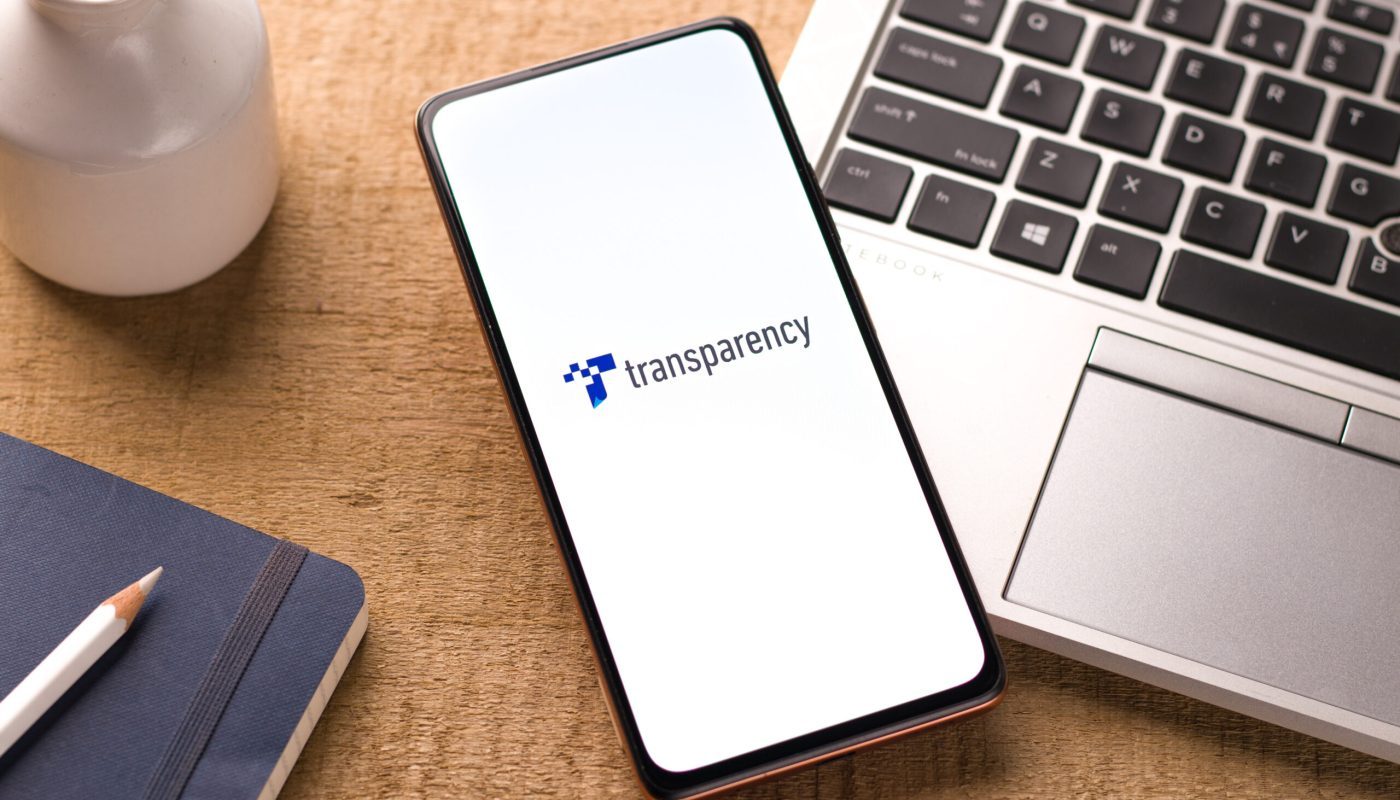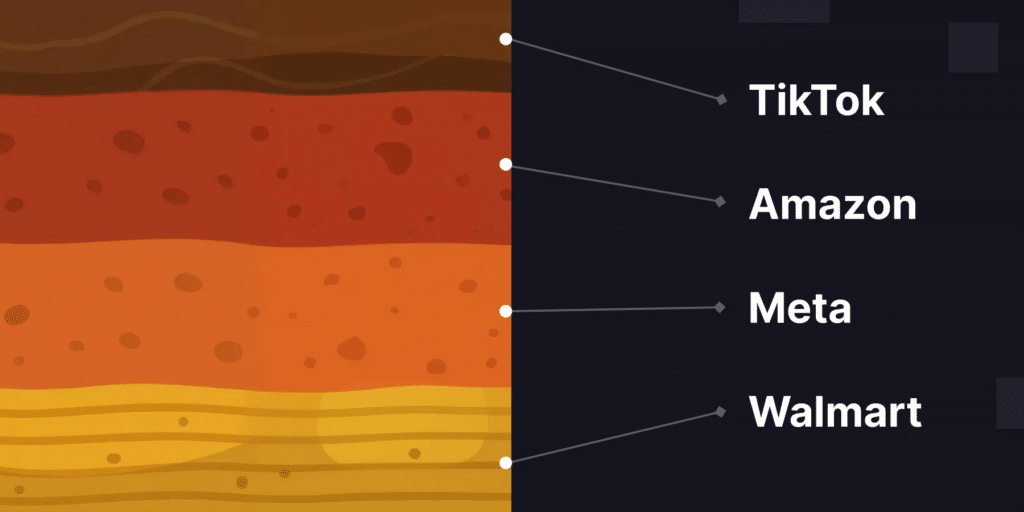It’s no surprise that Amazon has been struggling with fraud, specifically fake and counterfeit products. In 2022, 800,000 fraudulent sellers attempted to create Amazon accounts.
Over the last few years, Amazon has taken strides to improve its services for both sellers and customers. The latest breakthrough is the Amazon Transparency Program, which has protected over 10,000 brands.
Sellers should take fake products and bad sellers seriously. There’s a chance another merchant can be listing cheap or fake versions of your products, taking away your earnings and diminishing your credibility.
A good way to prevent this is by signing up for Amazon Transparency. Here are the benefits you and your customers can experience.
What is Amazon Transparency?

The Amazon Transparency program verifies the authenticity of products before they ship.
Since its launch in 2017, the program has been monitoring and catching counterfeit products, preventing your customers from supporting an imposter.
Amazon Transparency is available in several countries, including:
- USA
- Germany
- France
- Canada
- Australia
- India
- Italy
- Spain
- UK
Amazon plans to expand the program into other countries.
Why should I care about Amazon Transparency?
Every time a customer buys a counterfeit product, your company loses revenue. There are many ways to protect your brand, such as by securing patents and trademarks and registering your brand in the countries where you’re active.
Amazon’s Transparency program makes the process easier. When you enroll, Amazon ensures that every product shipped is authentic to your brand, protecting you and your consumers.
How does the program work?
When you sign up for Transparency, Amazon uses a labeling system to identify your legitimate products. Amazon does this by supplying each brand with a series of T-shaped 2D barcodes. As a brand owner, you then have to arrange to attach them to the product packaging.
Before shipping a product, Amazon will scan the barcode to ensure they’re receiving the correct product. Note that there will be new shipping label requirements since Amazon will display the Transparency barcode on the label.
These barcodes are important since they’re attached to the individual item. This is how Amazon differentiates your products from counterfeit items.
Brands should also supply other information to prove the product’s authenticity. Examples include manufacturing place and date.
The program also offers tools to enhance customer trust. Your customers can access the Transparency app to verify the products they purchase. After scanning the item, Amazon will display a green checkmark if the item is valid.
Before you enroll, it’s important to note that the Transparency program has a few requirements. These include:
- Enrollment in the Brand Registry program
- Seller identity verification
- Category requirements. Amazon also only allows certain ASINs to qualify for the program, so it’s possible your entire product line may not be protected.
Is the Amazon Transparency program right for your brand?
While all sellers should use Transparency, certain brands will benefit more than others.
For example, you’ll benefit from Transparency if you a) have any trademarks or patents and b) are concerned about counterfeiters stealing them.
Transparency is especially worth the investment if you sell high-value products, where the stakes of counterfeiting are high.
How can Amazon Transparency benefit your brand?
While Amazon Transparency can give your customers an extra layer of comfort when buying your products, the program also offers plenty of benefits to brands.

With Transparency, you can:
Reduce counterfeit products. Since counterfeiting is rising, authentic brands should do everything possible to protect their items.
Fake product listings and unethical Amazon sellers take away sales and customers from your brand. Worse, they can also ruin your reputation overall. If a customer reports a fake product, there’s a chance Amazon will close your business instead and investigate your store.
Signing up for the Amazon Transparency program is a simple way to prevent this from happening.
Earn more sales. Counterfeit products are nothing new, but they hurt even the biggest brands. For example, fake Nike shoes cost between $5 to $200.
If the same thing happens to your brand, you could potentially lose a couple hundred dollars per fraudulent sale—especially if all your items are branded.
Fraudsters can attempt to counterfeit your logo or brand name, but there’s no way they can get around your unique barcode. Therefore, all Amazon sales you’ll generate are from your brand so that you can earn more profits.
Forge stronger connections with customers. Since Transparency offers solutions for consumers, brands can connect with customers. You can answer questions and reviews, giving your users the peace of mind that they’re speaking directly to your brand.
This results in better reviews, and can improve the shopping experience for your customers. Since you can ensure users are buying legitimate products, the post-purchase experience will also benefit.
Improve your supply chain. If you use Amazon FBA, Transparency can improve the supply chain for you and your consumers. You’ll receive product insights at the batch and lot levels, such as real-time shipment tracking.
This helps you identify any supply chain issues so you can offer any solutions if they come up. Plus, your customers can monitor the progress of their orders.
Can I use my own serial number to verify authenticity?
One of the core challenges of Transparency used to be that Amazon would assign each unit a unique code to verify its authenticity. These codes were different than the product’s existing serial number. The end result was that brands would have to add an extra label for Transparency to every package they sold.
Since October 2023, however, Transparency has been interoperable with serial numbers. That means you don’t need to pay to add an extra label to your products. Amazon Transparency can verify authenticity through existing serial numbers.
Using pre-existing serial numbers has helped making Transparency cheaper and easier for brands to scale.
In order to use your own serial number interopably, you must:
- Have a GTIN for your product
- Apply unique codes to every unit you sell
- Ensure your serial numbers are externally visible
- Use serial numbers between 7 and 22 characters long
Are there any downsides to the Amazon Transparency program?
While the Amazon Transparency Program may seem like a good idea, it comes with a few important caveats. These include:
- Extra costs. Amazon will charge you per label, and the price depends on your order volume. These costs don’t apply to the expenses of printing each label, and any FBA charges are separate from the program. If you serialize your products, interoperability does not completely eliminate these costs, but it typically reduces them significantly.
- Eligibility. Qualifying for Transparency may take some extra steps for certain brands. This can include using the right labels and signing up for the Brand Registry Program.
How do I get started with Amazon Transparency?
To sign up with Amazon Transparency, you need the following:
- A global trade item number (GTIN) for your product. Examples include ISBN, UPC, and EAN. Note that you can’t participate if you have a GTIN exemption.
- The ability to apply unique Transparency codes to your product, regardless of where they’re manufactured.
- Enrollment in the brand registry program with a government-registered trademark.
How does Amazon Transparency differ between FBM and FBA?
Amazon Transparency works differently for FBA and FBM sellers. Here’s how:
- FBA. Since Amazon stores and ships your packages, the company will apply the codes to your existing ASIN. In this case, applying Transparency to your products is seamless, and Amazon will identify counterfeit items easily.
- FBM. Sellers using FBM can also use the program, but Amazon will ask for a unique code for every item you sell. This is to ensure that Amazon sells authentic products to customers.
How much does Amazon Transparency cost?
Amazon doesn’t disclose the pricing for the Transparency program. On average, businesses can expect to pay between $0.01 and $0.05 per barcode.
Will you make your ROI? Most experts recommend Transparency to sellers specializing in branded, luxury, or expensive items. While any seller can benefit from the program, high-priced brands experience the most losses due to counterfeit items.
There are ways that sellers can save while still utilizing the Transparency Program. For example, printing out your own codes will prevent you from relying on Amazon or your supplier.
Amazon Transparency benefits both brands and customers
It’s not just your brand that benefits from Transparency—your customers may appreciate it, too.
With Amazon Transparency, shoppers can have their items verified prior to shipment. Amazon does this by applying Transparency labels to your products and scanning them before customers receive them.
All in all, the Amazon Transparency Program gives sellers and customers peace of mind, ensuring businesses gain revenue and consumers receive a legitimate product.
(Want more content like this? Be sure to subscribe to the Intentwise newsletter.)
About the Author

Stephanie Jensen has been writing e-commerce content for seven years, and her copy has helped numerous stores rank on Amazon. Follow her on LinkedIn for more insight into freelance writing and creating high-quality content.




